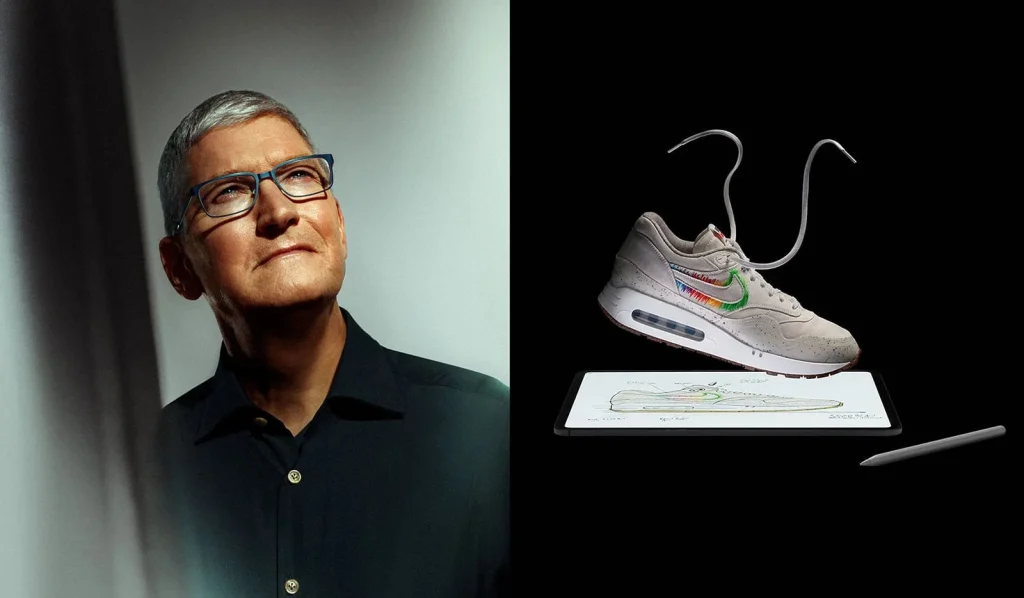As generative artificial intelligence (AI) technology continues to gain traction worldwide, the excitement around the metaverse seems to be waning. Just two years ago, the metaverse was a buzzword in the tech industry, touted as a revolutionary concept with the potential to become a multibillion-dollar industry.
Back in October 2021, the metaverse reached its peak popularity when Facebook rebranded itself as Meta to reflect its shift toward metaverse investments. However, data from Google Trends reveals that global interest in the metaverse has since plummeted by over 90%.
Following this initial surge, the metaverse market saw rapid growth, with the prices of non-fungible tokens (NFTs) and virtual real estate skyrocketing. According to Chainalysis, a blockchain research firm, between September 2019 and March 2022, the prices of virtual land increased by a staggering 879%, far outpacing the growth of physical real estate worldwide.
During this time, several notable events fueled the metaverse’s expansion. Celebrities like Snoop Dogg built virtual mansions and filmed music videos in the metaverse, while major fashion brands such as Gap and Nike opened digital storefronts. Even the Vatican announced plans to launch a digital gallery within the metaverse.
However, despite these promising developments, Meta’s heavy investments in the metaverse have yet to pay off. In 2022, Meta’s Reality Labs division, responsible for metaverse projects, reported an operating loss of $4.8 billion. By November of the same year, online searches for the metaverse had dropped by more than 81%, signaling a significant decline in interest. In contrast, AI-related searches, particularly after the launch of ChatGPT, surged, overtaking interest in the metaverse.
Today, the metaverse market is valued at approximately $74.4 billion, covering areas such as digital media, virtual assets, advertising, virtual reality hardware, and entertainment. Although this is an increase from last year’s $56.7 billion, it pales in comparison to the projected $298 billion expected from AI-related products this year. By 2030, the AI industry is projected to be worth over $1.8 trillion, vastly surpassing the expected $507 billion valuation of the metaverse by that time.
Kenyan metaverse developers acknowledge the shift in focus toward AI but maintain that the metaverse is still relevant, despite losing some of its initial allure. Matthew Munyao, a metaverse developer and founder of the Africa Meta Club, believes that the decline is primarily affecting speculators—those who invested heavily in NFTs and virtual land hoping for quick returns. Many of these individuals are now disappointed, claiming that the metaverse is “dead.”
Indeed, the value of digital collectibles such as NFTs, often associated with the metaverse, has dropped significantly. By the end of 2022, the market capitalization for NFTs, including virtual land, was over $11 billion. Today, that figure stands at around $264 million, according to data from NFTGO.
Munyao argues that the hype surrounding the metaverse in 2021 was driven by people who were more interested in making money than in the actual technology. He stresses that the metaverse should be understood as a more advanced form of social media, offering new ways to interact and express oneself digitally.
Technology commentator Lynn Gitau agrees, noting that the metaverse was misunderstood by many who hyped it up. She explains that the metaverse is a shared virtual world that combines technologies like fifth-generation (5G) networks, extended reality, and AI to enhance human interaction and business connectivity. Rather than viewing it as a passing trend, Gitau emphasizes the importance of understanding the metaverse as an immersive experience that integrates emerging technologies.
Despite the slowdown, the metaverse industry is expected to continue growing. By 2030, its market value is projected to reach $507 billion. However, Munyao warns that the technology’s full potential will not be realized until the cost of virtual reality (VR) and augmented reality (AR) hardware, such as headsets, becomes more affordable. Currently, VR headsets cost at least $1,500, making it difficult for many people to access the metaverse’s unique experiences.
Meta has made several strategic partnerships to enhance the usability of the metaverse, including collaborations with Microsoft, Zoom, and NBCUniversal. These partnerships aim to integrate metaverse technology into everyday activities like online meetings, video streaming, and document creation. Yet, Munyao points out that these use cases remain theoretical for many users due to the high cost of VR hardware.
Despite the challenges, both Munyao and Gitau believe that AI is not a threat to the metaverse. On the contrary, they argue that AI can enhance the metaverse experience by making virtual interactions more intelligent, seamless, and personalized. Gitau describes AI as the “paintbrush” shaping the immersive experiences within the metaverse, while the metaverse itself serves as a canvas for AI to showcase its capabilities.
Munyao adds that AI could help the metaverse grow by enabling even non-technical users to create immersive experiences through generative AI, which allows for easier coding and development.
As the excitement around the metaverse fades, many are left wondering whether AI will maintain its momentum or if a new technological innovation will soon capture global attention.























